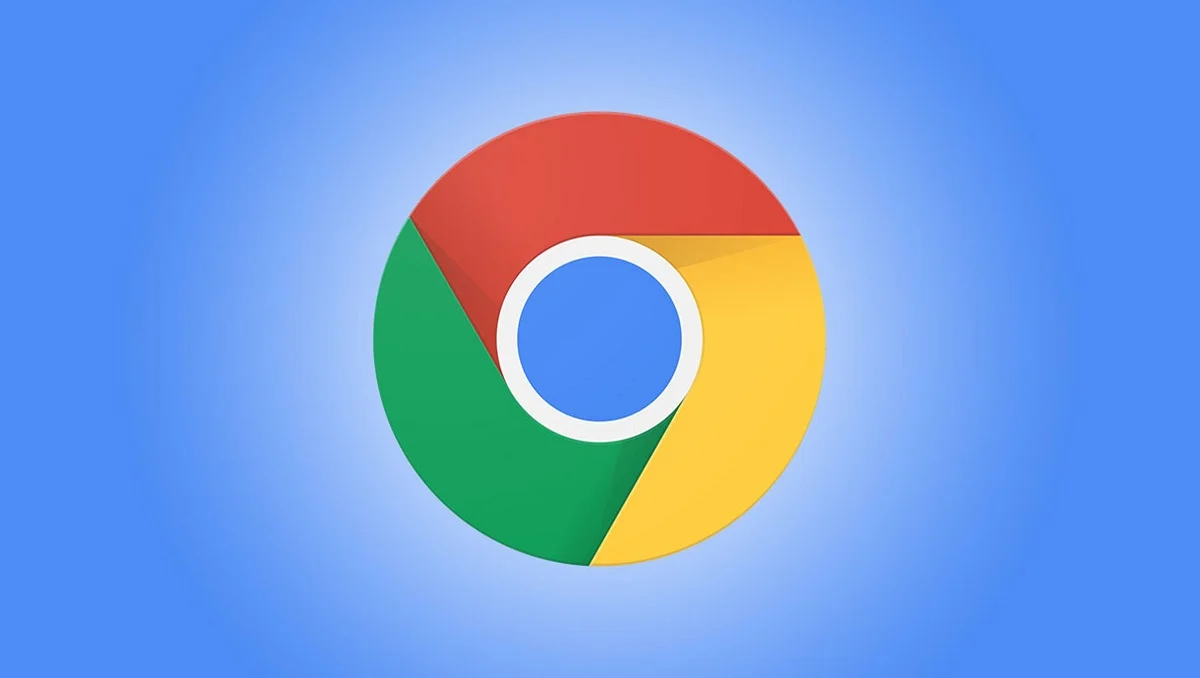Google’s new browser update now only covers Chrome on Windows 10 or later
2 min. read
Published on
Read our disclosure page to find out how can you help MSPoweruser sustain the editorial team Read more

It’s official: Chrome’s new release cycle is here. Chrome 110, released on February 7, begins the end of support for Chrome on Windows 7, Windows 8 and 8.1, Windows Server 2012, and Windows Server 2012 R2. This means starting this release, Chrome on devices with Windows 10 and later will be the only ones to get Google’s critical security updates.
The release of Chrome 110 reflects Microsoft’s move to end its support for Windows 7 Extended Security Updates and Windows 8 / 8.1 last January 10. The end of technical assistance and software updates for the said systems means it no longer makes sense for Google to continue providing updates for Chrome browsers on such devices. With this, Chrome 110 will only cover those running Windows 10 or later. And although Chrome browsers on unsupported devices can still work, users could face huge security risks online. Chrome on still-supported devices will receive a bunch of fixes and new features like customizable network error pages.
With all this, the main solution for affected users is to upgrade their devices to ones running Windows 10 or later. Microsoft has always been very vocal about this. It even gives its full focus on promoting Windows 11 since Windows 10’s EOS will be on October 14, 2025. On February 1, the Redmond company officially stopped offering Windows 10 product keys on its product pages, indicating its more aggressive move to push Windows 11. Windows 10 users also reported experiencing intrusive ads for Windows 11 upgrades in the past weeks.
Despite this, Windows 10 still has the biggest desktop Windows version market share worldwide, according to Stat Counter’s latest data. Specifically, it currently owns a 68.75% share, while Windows 11 only has a total share of 18.13%. Also, many users are still using the now-unsupported Windows 7 and Windows 8.1 and 8, which have 9.62%, 2.31%, and 0.62% market shares, respectively.








User forum
0 messages